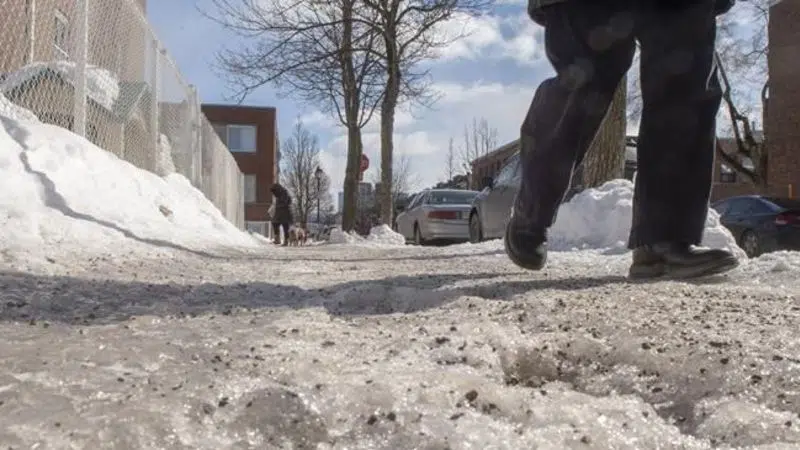
Canadians nurse winter wounds as cities grapple with icy sidewalks
All it took was one foul step, and Ahsher Zeldin was in for at least a week of pain.
Last Thursday, Zeldin was taking his two dogs out for an early morning stroll in north Toronto when a patch of black ice flipped him over on his back. Staring up at the dark winter sky, he tried to process what had just happened, his head pulsing and pain radiating in his shoulders.
The 22-year-old nursing student decided to walk it off and head to the hospital for his shift. It wasn’t long before he found himself waiting in the emergency room for four and a half hours for an X-ray that revealed he had separated a joint in his shoulders, which could take weeks to heal even with physiotherapy.


